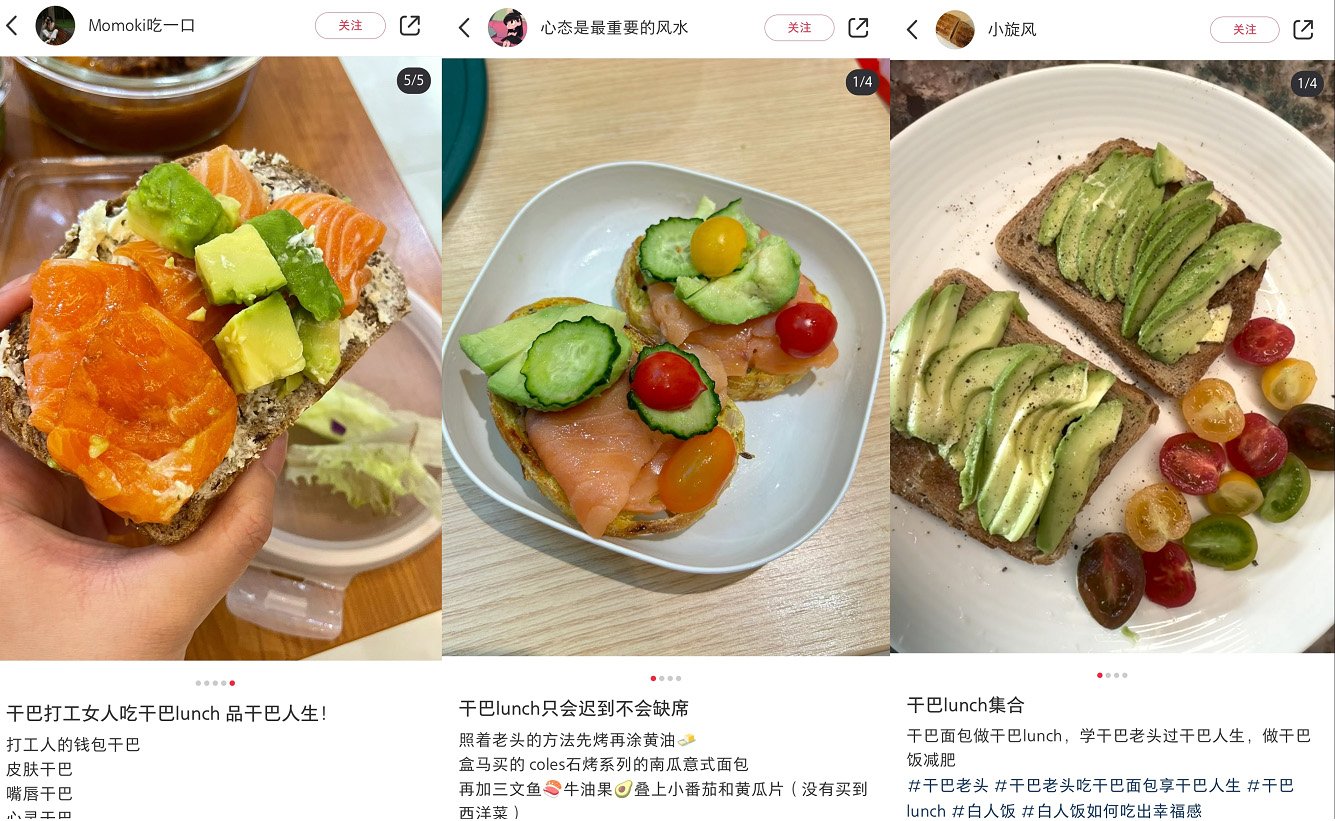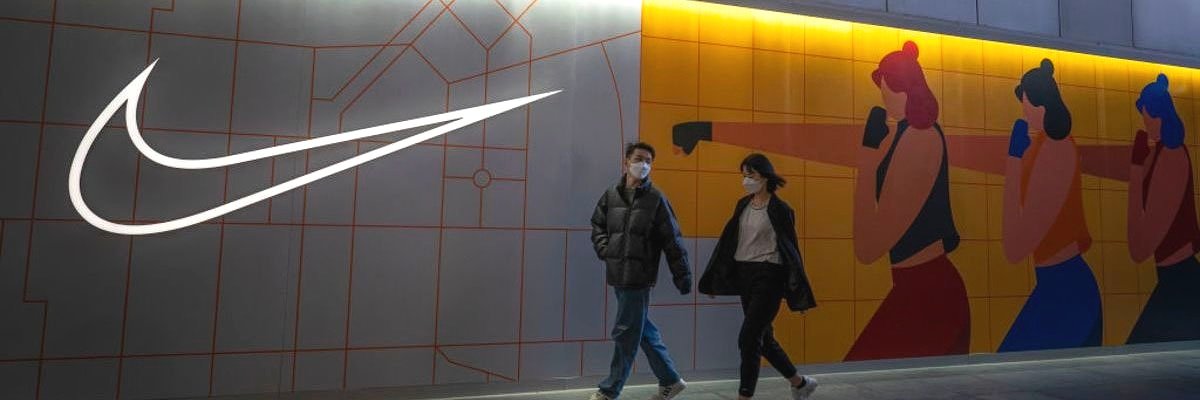From Traditional Chinese Medicine to Poop Map: China’s evolving attitude towards the “number two”
In TCM, the stool is regarded as a primary indicator of health. Ancient texts, such as the Huangdi Neijing (“The Yellow Emperor’s Inner Canon”), some two millennia ago emphasized the balance of Yin and Yang in the body and how the colour, consistency, and frequency of one’s stool can reflect imbalances in the spleen, stomach, and other organs. These observations helped diagnose everything from digestive disorders to stress-related ailments.
A page out of the ancient book Huangdi Neijing (“The Yellow Emperor’s Inner Canon”)
According to records as far back as 3,000 years ago during Western Zhou Dynasty, people used "golden juice" to treat infectious diseases. Around 1,750 years ago in the Eastern Jin dynasty, TCM practitioners used human fecal juice to treat severe diarrhoea. 1,200 years later, during the Ming dynasty, pharmacologist Li Shizhen described using human faeces to treat madness and detoxify from poison.
Today, that focus on “number two” has come full circle in a distinctly modern way.
Modern China’s Evolving View on Bowel Health
While TCM continues to influence many people’s daily routines, modern China also benefits from Western medical advancements, resulting in a dual approach to health. This has meant that conversations about gut health, fibre intake, probiotics, and even mental well-being (as stress can affect bowel movements) are more open than ever before. Public health campaigns frequently address diet and lifestyle changes to combat issues like constipation or irregularity, reflecting a new willingness to discuss bowel-related topics. This has manifested in unusual ways.
Poop Map: A Quirky Global Trend Reaching Mainland China
Poop Map, originally developed in 2013 by Nino Uzelac, took off internationally in 2021 after humorous videos circulated on TikTok. More recently, it has gone viral in Taiwan, where users “drop the poop” on a digital map, rate their experiences, and even join “poop leagues” to compete with friends. In Mainland China, a small but growing number of “便便潮人” (poop trendsetters) have begun adopting the app in major cities like Shanghai and Beijing.
Social Interaction: In Taiwan, young people use Poop Map to check on friends’ routines and comment on who is “bringing their poop along for the day’s travels.”
Health Consciousness: For many, the app serves as a reminder to monitor regularity, with daily logs revealing patterns in bowel movements.
City Culture: Poop Map inadvertently highlights the availability of clean, free public restrooms – a point of pride in many Chinese cities. On the mainland, “厕评侠” (toilet reviewers) use platforms like Xiaohongshu to detail where the best public toilets are located, rating them on hygiene and ambiance.
Why It Matters: Health, Humour, and Community
Beyond the smelly excrement, the changing attitude towards stools represents some wider implications in China:
Normalizing Health Discussions
In a society that has historically been discreet about bodily functions, the rise of Poop Map indicates a shift toward open, playful dialogue. This trend parallels an overall increase in health awareness in China, where more people now discuss everything from menstrual health to mental well-being on social media.
Bridging TCM and Modern Wellness
Poop Map’s popularity aligns with TCM’s emphasis on regular bowel movements as a sign of good health. Users who monitor their frequency and consistency may be taking a page out of the TCM playbook – albeit in a humorous, tech-savvy way.
Cultural Curiosities
While Western users may see Poop Map as a novelty or a playful way to track an everyday routine, Chinese users often blend this sense of fun with genuine concern for gut health. The phenomenon thus underscores a cultural meeting point between humour and practicality.
Implications for Foreign Brands
Health and Wellness Positioning: International brands offering gut-health products – like probiotics, herbal teas, or high-fibre snacks – can tap into the rising awareness of digestive well-being. Incorporating culturally resonant messages about balance, regularity, and the interplay between TCM and modern science can make marketing more impactful.
Community and Engagement: Poop Map demonstrates how gamification and community-based features can drive user engagement. Foreign brands in food, beverage, or health industries could create similar interactive tools or campaigns that encourage sharing milestones, tracking progress, or celebrating small wins (like daily hydration or consistent fibre intake).
Localizing Humour: While bathroom humour can be universal, the success of Poop Map in Chinese-speaking regions shows the importance of adapting jokes and messaging to local culture. Brands should ensure their campaigns strike a balance between playful and respectful – especially when dealing with topics traditionally considered taboo.
Influencer Collaborations: Partnering with social media influencers can be an effective way to enter the conversation around bathrooms, hygiene, and general well-being. Such collaborations could showcase a brand’s commitment to comfort, cleanliness, and user experience – values highly appreciated in Chinese markets.
Conclusion
From its roots in TCM’s detailed stool analysis and treatment, to the playful emergence of Poop Map, China’s evolving attitude toward bowel health demonstrates an openness to blending ancient wisdom with modern tech-savvy trends. Whether for self-improvement, humour, or communal bonding, discussing “number two” is no longer as taboo as it once was. For foreign brands, this shift offers unique opportunities to engage Chinese consumers through health-focused, community-oriented, and culturally sensitive initiatives. After all, if an app about tracking bathroom visits can capture attention, there’s plenty of room for creative marketing strategies that highlight wellness, humour, and the universal human experience.
































Chinese traditional wellness practices such as sand therapy, Sanfu moxibustion, and herbal or botanical beverages are trending this summer. Chinese consumers are increasingly drawn to health regimens rooted in ancient wisdom.